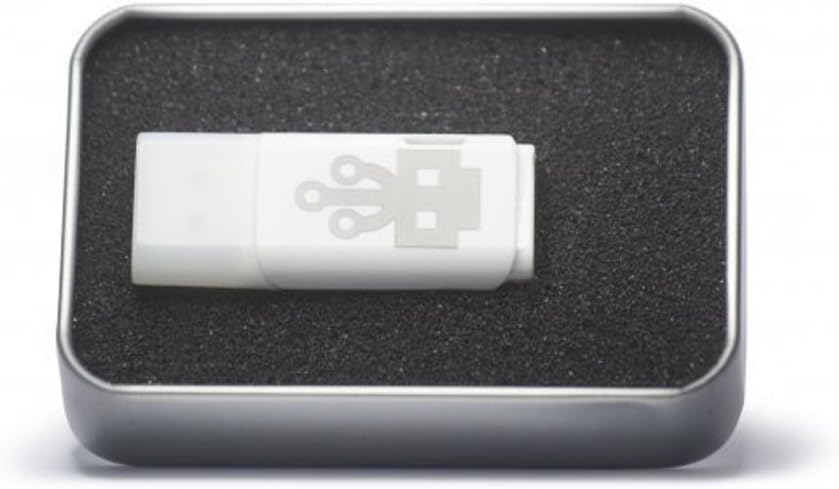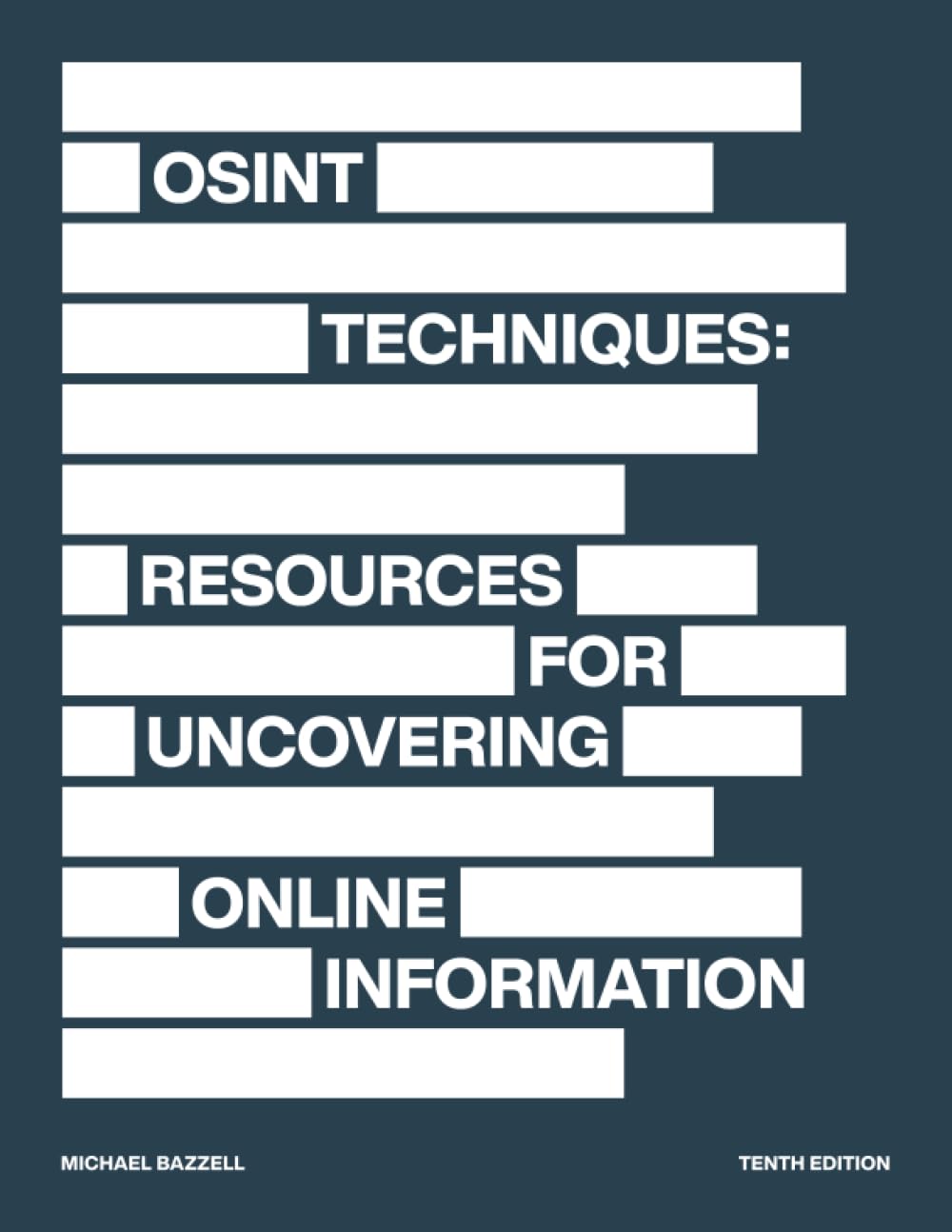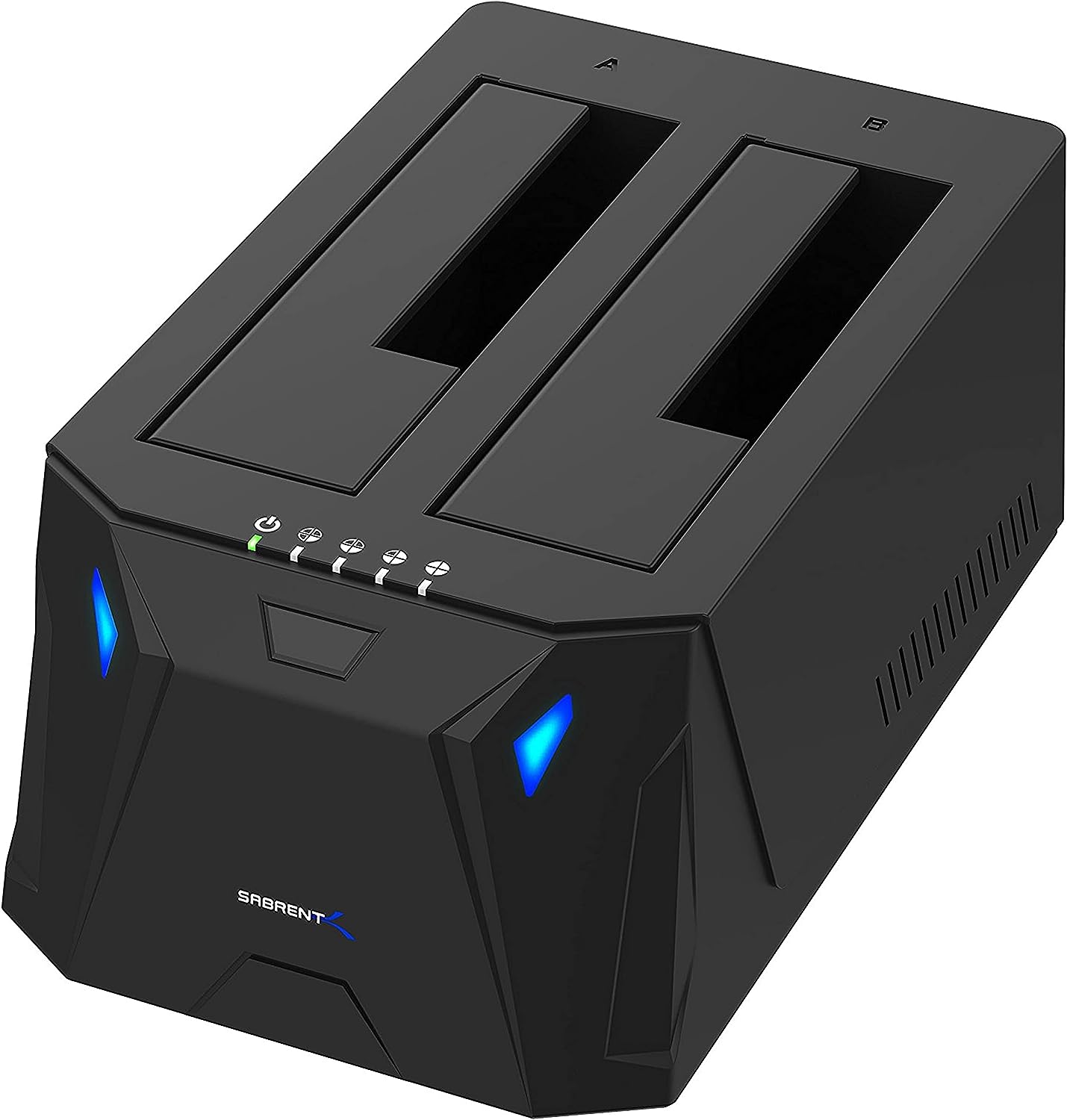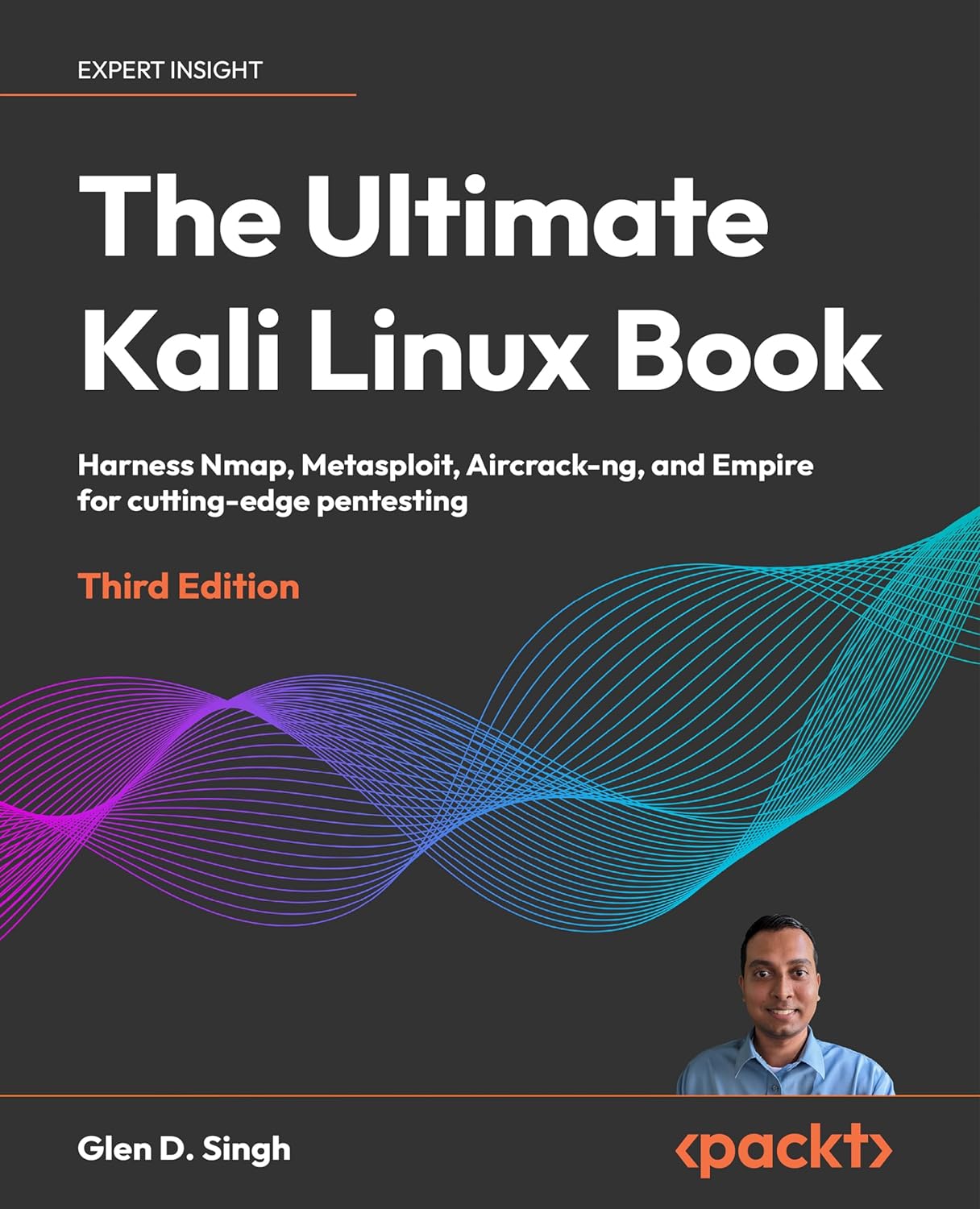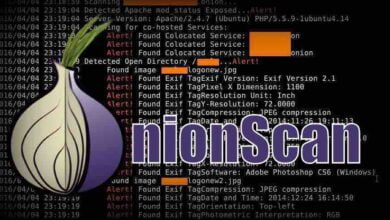SilentTrinity Explained: Revolutionizing Post-Exploitation Techniques
Harnessing Stealth and Efficiency with the SilentTrinity Framework

Navigating the Shadows with SilentTrinity
In the intricate world of cybersecurity, the phase following a successful breach, known as post-exploitation, is critical for understanding the depth of a security compromise and establishing control over compromised systems. SilentTrinity emerges as a formidable ally in this domain, offering cybersecurity professionals and bug bounty hunters a sophisticated framework for executing C# payloads with an emphasis on stealth and efficiency. Unlike more conventional tools that might trigger alarms or get caught by modern defense mechanisms, SilentTrinity distinguishes itself by its near-invisible footprint, allowing for a discreet yet powerful approach to post-exploitation tasks.
Here we delve into the world of SilentTrinity, shedding light on its capabilities and demonstrating why it stands out in a crowded field of post-exploitation frameworks. We aim to guide readers through the nuances of deploying SilentTrinity in security assessments, from setting up the framework to executing complex C# payloads designed to probe and secure compromised networks. Through practical examples and detailed discussions, we’ll explore how SilentTrinity can enhance your post-exploitation tactics, providing the stealth and efficiency required to navigate secured environments without detection.
Join us as we unravel the potential of SilentTrinity, providing you with the knowledge and insights to master this powerful tool in your cybersecurity toolkit.
Understanding SilentTrinity: A Deep Dive into Stealth and Power
SilentTrinity stands at the forefront of post-exploitation frameworks, not merely for its ability to execute payloads but for its innovative approach to stealth and operational efficiency. At its core, SilentTrinity leverages the power of C# and .NET to facilitate a broad range of activities from lateral movement across networks to persistent access and data exfiltration, all while maintaining a low profile against defensive measures.
Framework Architecture: SilentTrinity is built around a modular design, enabling users to dynamically load and execute C# payloads (also known as ‘stagers’) within compromised environments. This modularity ensures that payloads can be tailored to specific targets, enhancing the framework’s versatility and adaptability. The use of IronPython, a form of Python that runs on .NET, allows for seamless integration of Python’s simplicity with .NET’s extensive libraries, making SilentTrinity an exceptionally powerful tool for post-exploitation scenarios.
Operational Advantages: One of SilentTrinity’s key differentiators is its emphasis on stealth. By utilizing C# and .NET, payloads often blend in with legitimate network traffic and processes, reducing the likelihood of detection by intrusion detection systems (IDS) and antivirus software. This stealth capability is further bolstered by SilentTrinity’s communication mechanism, which employs encrypted channels to connect with the command and control (C2) server, ensuring that even if network traffic is monitored, the content of the payloads remains secure and unintelligible to observers.
Benefits for Cybersecurity Professionals: For cybersecurity professionals and bug bounty hunters, SilentTrinity offers several operational benefits. Its stealthy nature allows for the detailed exploration of compromised systems without alerting adversaries or triggering defensive mechanisms. Furthermore, the framework’s efficiency in deploying payloads means that actions can be executed swiftly, reducing the window of opportunity for defensive responses. SilentTrinity’s modular architecture also allows professionals to extend its capabilities with custom modules, making it an adaptable tool suited to a wide range of post-exploitation needs.
In summary, SilentTrinity is not just another tool in the cybersecurity arsenal; it is a sophisticated framework designed for those who need to operate discreetly and efficiently within compromised environments. Its unique blend of features makes it an invaluable asset for professionals seeking to enhance their post-exploitation tactics with an emphasis on stealth, adaptability, and power.
Setting Up SilentTrinity: Your Path to Stealthy Operations
Embarking on the SilentTrinity journey begins with a comprehensive setup process designed to integrate this powerful framework into your cybersecurity toolkit seamlessly. This guide aims to navigate you through the essential steps for installing and configuring SilentTrinity, ensuring you’re equipped to leverage its post-exploitation capabilities to their fullest potential.
Installation Prerequisites: Before diving into the installation, ensure that your environment meets the following prerequisites:
- Python Environment: SilentTrinity requires Python, specifically IronPython, for its integration with .NET. Ensure that you have Python installed on your system. For optimal compatibility, Python 3.6 or later is recommended.
- .NET Framework: Given SilentTrinity’s reliance on .NET for executing C# payloads, your system must have the .NET Framework installed. SilentTrinity is compatible with .NET 4.5 and above.
- Git: SilentTrinity is hosted on GitHub, making Git essential for cloning the repository to your local machine.
Installation Steps:
- Clone the Repository: Start by cloning the SilentTrinity repository from GitHub to your local machine using Git. Open your terminal or command prompt and execute the following command: Bash code
git clone https://github.com/byt3bl33d3r/SILENTTRINITY.git - Install Dependencies: Navigate to the SilentTrinity directory and install the required Python dependencies. SilentTrinity’s
requirements.txtfile lists all the necessary Python packages. Install them using pip: Bash codecd SILENTTRINITY pip install -r requirements.txt - Launch SilentTrinity: With the dependencies installed, you’re now ready to launch SilentTrinity. Initiate the server component of SilentTrinity by running: Code
python st.pyThis command starts the SilentTrinity server, setting the stage for deploying C# payloads and managing compromised hosts.
Initial Configuration: Upon launching SilentTrinity for the first time, it’s crucial to configure the server settings to match your operational environment. This includes setting up the command and control (C2) communication channels and encryption settings to ensure secure communication with payloads deployed in the field.
- Configure C2 Server: SilentTrinity allows for customization of the C2 server settings, including IP addresses, ports, and encryption keys. Access the server configuration file and adjust the settings to suit your operational requirements.
- Load Modules: Explore SilentTrinity’s modular capabilities by loading available C# stagers and modules. This flexibility allows you to tailor your post-exploitation activities to the specific needs of each engagement.
By following these steps, you can successfully set up SilentTrinity in your environment, paving the way for advanced post-exploitation activities characterized by stealth and efficiency. As you become more familiar with SilentTrinity’s features and capabilities, you’ll discover its immense value in navigating the complex terrain of cybersecurity assessments with precision and discretion.
Deploying C# Payloads with SilentTrinity: A Tactical Approach
Mastering the deployment of C# payloads is a critical aspect of leveraging SilentTrinity’s capabilities for sophisticated post-exploitation operations. This section focuses on the strategic creation and deployment of these payloads, emphasizing SilentTrinity’s seamless integration with C# to navigate and bypass modern security defenses effectively.
Crafting Tailored C# Payloads: SilentTrinity shines in its ability to utilize the power and flexibility of C# for post-exploitation tasks. Here’s how to craft payloads that are not only effective but also customized for the target environment:
- Understand the Target Environment: A thorough understanding of the target’s environment is crucial before crafting your payload. This includes the operating system, installed security solutions, and network configurations. Such insights enable the creation of payloads that are less likely to trigger alarms.
- Leverage SilentTrinity’s Modules: Explore SilentTrinity’s diverse range of modules designed for specific tasks, from lateral movement to data exfiltration. These modules can be used as building blocks for your payloads, providing a robust foundation for targeted exploitation.
- Customize Payloads: Utilize SilentTrinity’s flexibility to modify existing modules or create new ones tailored to your objectives. This could involve customizing the payload to exploit a specific vulnerability or to blend in with normal network traffic, thereby minimizing detection.
Deploying C# Payloads: With a tailored payload ready, deployment is the next step. SilentTrinity simplifies this process, offering precision in how and where payloads are delivered:
- Selecting Delivery Methods: Choose a delivery method that aligns with your operational goals and the target’s vulnerabilities. This might include phishing emails, compromised web pages, or direct file transfers, each requiring a different payload configuration.
- Executing Payloads with SilentTrinity: Utilize SilentTrinity’s command and control (C2) capabilities to execute payloads on target systems. SilentTrinity’s C2 server facilitates real-time command execution, payload updates, and data retrieval, all while maintaining a covert communication channel.
- Monitoring and Adapting: Once deployed, monitor the payload’s performance and the system’s response. SilentTrinity’s real-time feedback allows for quick adaptation, whether modifying the payload’s behavior or deploying additional modules based on initial success or hurdles encountered.
The Advantages of C# in Post-Exploitation: C# offers distinct advantages in post-exploitation scenarios, particularly when used with SilentTrinity:
- Stealth: C# payloads can be designed to operate under the radar of traditional security solutions, leveraging .NET’s native functionalities to mimic legitimate system processes.
- Flexibility: The ability to quickly modify and compile C# code enables rapid adaptation to changing environments or security postures.
- Power: C# provides access to an extensive range of Windows APIs and frameworks, empowering attackers to execute complex operations with minimal effort.
By mastering the deployment of C# payloads with SilentTrinity, cybersecurity professionals and bug bounty hunters can enhance their post-exploitation tactics, executing targeted attacks with unparalleled stealth and efficiency. This tactical approach to payload deployment underscores the importance of precision, customization, and adaptability in modern cybersecurity operations.
Lateral Movement and Persistence with SilentTrinity: Mastering Network Navigation
SilentTrinity serves as a formidable tool in the arsenal of cybersecurity professionals, particularly when it comes to navigating through compromised networks and ensuring sustained access. This section delves into the sophisticated techniques and tactics facilitated by SilentTrinity for lateral movement and establishing persistence, essential for comprehensive post-exploitation strategies.
Strategizing Lateral Movement: Lateral movement refers to the techniques used by attackers to move through a network after gaining initial access. SilentTrinity excels in this domain by providing a suite of modules designed for stealthy network exploration and exploitation:
- Enumeration and Discovery: Begin with SilentTrinity’s enumeration modules to discover network resources, user accounts, and services. Understanding the network layout and identifying high-value targets are critical first steps.
- Exploiting Trust Relationships: Utilize SilentTrinity to exploit trust relationships between systems. For instance, capturing and reusing credentials or tokens to access other parts of the network under the guise of a legitimate user.
- Seamless Network Propagation: Employ SilentTrinity’s modules to propagate through the network. This can involve exploiting known vulnerabilities, leveraging misconfigurations, or using legitimate network administration tools in unauthorized ways.
Establishing Persistence: Maintaining access is crucial for in-depth network analysis and continuous monitoring. SilentTrinity aids in embedding persistence mechanisms discreetly:
- Registry Modifications: Use SilentTrinity to create or modify registry keys for programs that auto-start at boot, ensuring your payload remains active even after the system restarts.
- Scheduled Tasks: Schedule tasks that trigger your SilentTrinity listener or payload at specified times or events, providing regular check-ins without manual intervention.
- WMI Event Subscriptions: Leverage Windows Management Instrumentation (WMI) for more sophisticated persistence. SilentTrinity can set up WMI event subscriptions that execute your payload in response to specific system events, blending into normal system activity.
Practical Examples and Best Practices:
- Scenario-Based Application: In a scenario where the objective is to access a secured database server, start by enumerating connected devices and user roles. Move laterally by exploiting weak service permissions or reusing credentials, then establish persistence through scheduled tasks that mimic legitimate system processes.
- Stealth and Efficiency: Always prioritize stealth to avoid detection. This means choosing the least intrusive methods for movement and persistence, such as leveraging native system tools and protocols. SilentTrinity’s ability to execute payloads directly in memory reduces the forensic footprint, enhancing stealth.
- Continuous Monitoring and Adaptation: Even after establishing persistence, continue to monitor network and system behaviors for changes that may necessitate adapting your tactics. SilentTrinity’s modular nature allows for quick adjustments to your approach, ensuring long-term access.
By integrating SilentTrinity into your post-exploitation toolkit, you unlock powerful lateral movement and persistence capabilities. These techniques not only allow for an extensive exploration of compromised networks but also ensure that access remains uninterrupted, providing valuable insights for security assessments or bug bounty hunting endeavors. Embracing these strategies with SilentTrinity elevates your post-exploitation operations, offering a blend of stealth, efficiency, and control that is unmatched in the cybersecurity landscape.
Data Exfiltration with SilentTrinity: Stealth Strategies
In the domain of post-exploitation, exfiltrating sensitive data without raising alarms is paramount. SilentTrinity excels in facilitating these operations, providing an array of stealthy techniques for data extraction from compromised networks. This section delves into SilentTrinity’s data exfiltration capabilities, offering insight into how it can be employed to securely siphon data while minimizing detection risk.
SilentTrinity’s Exfiltration Mechanisms: SilentTrinity equips users with sophisticated mechanisms designed to exfiltrate data covertly. These include:
- Encrypted Channels: Leveraging encrypted command and control (C2) channels, SilentTrinity ensures that data is moved across networks without alerting IDS/IPS systems. Encryption obfuscates the data being exfiltrated, making it indistinguishable from regular encrypted traffic.
- Modular Data Extraction: SilentTrinity’s modular nature allows for the customization of exfiltration techniques. Whether it’s file data, credential information, or system logs, SilentTrinity modules can be tailored to target specific data types, optimizing the exfiltration process for efficiency and stealth.
- Segmented Exfiltration: SilentTrinity can segment data into smaller, more manageable packets for large datasets. This method reduces the chances of detection by avoiding large, anomalous data transfers, which are more likely to trigger security alerts.
Practical Exfiltration Scenarios: To illustrate SilentTrinity’s exfiltration capabilities, consider the following hypothetical scenarios:
- Sensitive Document Retrieval: In a scenario where specific documents need to be exfiltrated from a target network, SilentTrinity can be configured to search for files by extension or keywords. Once identified, these documents are encrypted and exfiltrated through the C2 channel, ensuring the operation remains unnoticed.
- Credential Harvesting: SilentTrinity can be utilized to extract saved credentials from browsers or credential stores. By leveraging modules designed for credential access, attackers can discreetly gather login information, which is then encrypted and exfiltrated for future access or lateral movement opportunities.
- Database Dumping: For targets holding valuable data in databases, SilentTrinity can execute SQL queries remotely, retrieving database contents without direct database access. This approach minimizes the footprint on the target system and reduces the likelihood of triggering database monitoring systems.
Best Practices for Stealthy Exfiltration: To maximize the stealthiness of SilentTrinity’s exfiltration capabilities, consider the following best practices:
- Timing is Key: Schedule exfiltration attempts during periods of high network traffic to blend in with legitimate data flows.
- Keep It Light: Limit the size and frequency of data packets to avoid generating anomalies that could lead to detection.
- Monitor and Adapt: Continuously monitor exfiltration attempts for signs of detection. Be prepared to adjust tactics, such as changing encryption methods or data segmentation strategies, to maintain operational security.
SilentTrinity’s data exfiltration capabilities underscore its value as a tool for conducting sophisticated and stealthy post-exploitation activities. By leveraging its encrypted communication channels, modular approach to data extraction, and customizable exfiltration techniques, cybersecurity professionals and bug bounty hunters can extract critical data from target environments undetected, further enhancing their operational effectiveness.
Case Studies: SilentTrinity’s Tactical Wins in Cybersecurity
SilentTrinity, with its refined post-exploitation capabilities, has been a game-changer in numerous cybersecurity operations. By facilitating the stealthy execution of C# payloads and providing a robust framework for lateral movement, persistence, and data exfiltration, it has cemented its place as a tool of choice for cybersecurity professionals. Below, we present a series of anonymized case studies that showcase SilentTrinity’s effectiveness in real-world scenarios. For privacy and security, names and specific details have been altered.
Case Study 1: The Stealthy Takeover In a comprehensive security assessment for a high-profile corporation, cybersecurity specialists employed SilentTrinity to gain and maintain access to the target network. Using SilentTrinity’s encrypted C2 communications, the team moved laterally across the network undetected, exploiting vulnerabilities to gain deeper access. The operation’s success was marked by extracting sensitive financial documents without triggering any security alarms, showcasing SilentTrinity’s prowess in blending into normal network activities.
Case Study 2: Unraveling the Network Web A team of bug bounty hunters used SilentTrinity in a sanctioned penetration test to identify weaknesses in a newly developed web application. Leveraging SilentTrinity’s modular payload delivery, the team executed a series of payloads that revealed a critical SQL injection vulnerability, leading to a comprehensive database compromise. The bug bounty team’s ability to simulate an attack and demonstrate the vulnerability’s potential impact led to significant security enhancements before the application’s public release.
Case Study 3: The Data Exfiltration Operation In an operation aimed at testing the resilience of a company’s data loss prevention (DLP) mechanisms, cybersecurity experts utilized SilentTrinity to exfiltrate mock customer data from an internal database. The operation, which simulated real-world adversarial tactics, highlighted gaps in the company’s DLP strategy. SilentTrinity’s segmented data exfiltration approach allowed the team to bypass existing DLP solutions, providing invaluable insights into strengthening the company’s defenses against sophisticated data exfiltration methods.
Case Study 4: Counteracting Persistent Threats Facing a scenario with indicators of a persistent threat within their network, a cybersecurity response team turned to SilentTrinity for its discreet monitoring and data-gathering capabilities. By deploying SilentTrinity agents across critical endpoints, the team gathered intelligence on the threat actor’s movements and tactics without alerting the adversary. This strategic use of SilentTrinity enabled the formulation of a targeted response plan, successfully mitigating the threat while minimizing operational disruption.
These case studies underscore SilentTrinity’s strategic value in cybersecurity operations, from penetration testing and security assessments to sophisticated threat response strategies. The framework’s ability to operate under the radar and its versatile payload and data handling capabilities make it a cornerstone tool for those looking to elevate their post-exploitation game.
As SilentTrinity continues to evolve, these real-world applications serve not only as testament to its current capabilities but also as inspiration for future tactical deployments. For cybersecurity specialists and bug bounty hunters alike, embracing SilentTrinity’s potential can lead to unprecedented success in the complex world of cyber operations.
Optimizing SilentTrinity Deployment: Key Strategies and Best Practices
SilentTrinity has emerged as a formidable asset in the arsenal of cybersecurity professionals and bug bounty hunters, thanks to its sophisticated approach to post-exploitation. Adhering to a set of best practices is crucial to maximize its potential. This section delves into strategies that ensure SilentTrinity is effectively deployed and its operations remain secure and under the radar.
Operational Security (OpSec) Considerations
- Secure Command and Control (C2) Channels: Always encrypt C2 communications to prevent interception and analysis by network defense systems. SilentTrinity’s built-in encryption mechanisms offer a layer of security, ensuring that data exfiltration and command execution remain confidential.
- Regularly Update SilentTrinity Modules: The cybersecurity landscape constantly evolves, with new defenses emerging regularly. Keeping SilentTrinity’s modules updated ensures compatibility with the latest C# payloads and techniques, maintaining operational effectiveness.
Payload Customization and Management
- Tailor Payloads for the Target Environment: Generic payloads are more likely to be detected by modern security solutions. Customize payloads within SilentTrinity to match the target environment’s specific configurations and security mechanisms, significantly reducing the likelihood of detection.
- Test Payloads in a Controlled Environment: Before deployment, test payloads in an environment that simulates the target network. This practice helps identify potential issues with payload execution and effectiveness, allowing adjustments before the actual operation.
Evasion and Stealth Techniques
- Leverage SilentTrinity’s Stealth Features: Utilize SilentTrinity’s ability to execute payloads in memory, minimizing forensic footprints on the target system. Employing stealth techniques ensures that the framework’s presence remains undetected for as long as possible.
- Monitor for Anomaly Detection: Stay vigilant for network behavior that could indicate the presence of anomaly detection systems. Adjust tactics accordingly to evade dynamic security measures that could compromise the operation.
Continuous Learning and Adaptation
- Stay Informed on New Developments: SilentTrinity is continuously updated with new features and capabilities. Regularly participating in community discussions and following updates from the developers can provide insights into leveraging the framework more effectively.
- Share Experiences and Learn from the Community: Engage with the SilentTrinity user community to share experiences, tips, and tactics. Collaboration can uncover innovative uses of SilentTrinity and offer solutions to common challenges faced during operations.
Implementing these best practices ensures that SilentTrinity users can fully exploit the framework’s capabilities while maintaining operational security and efficiency. By customizing payloads, ensuring secure communications, and staying abreast of the latest cybersecurity trends, professionals can leverage SilentTrinity as a powerful tool in their post-exploitation endeavors, driving successful outcomes in complex security assessments and penetration tests.
SilentTrinity stands as a testament to the sophistication achievable in modern cybersecurity operations. By following these guidelines, users can not only enhance their post-exploitation strategies but also contribute to advancing the collective knowledge and effectiveness of the cybersecurity community.
Mastering the Art of Post-Exploitation with SilentTrinity
SilentTrinity stands as a beacon of innovation in the crowded field of cybersecurity tools, particularly in the nuanced realm of post-exploitation. Through this exploration, we’ve unveiled the depth and breadth of SilentTrinity’s capabilities—from executing stealthy C# payloads to facilitating complex lateral movements and secure data exfiltration. Its unique approach to post-exploitation not only sets it apart but also elevates the operational standards for cybersecurity professionals and bug bounty hunters alike.
The framework’s power lies in its ability to blend seamlessly into network environments, allowing users to conduct thorough security assessments and penetration tests with a minimal footprint. The detailed case studies and best practices discussed underscore SilentTrinity’s pivotal role in modern cybersecurity strategies, offering a glimpse into the potential it holds for those willing to dive deep into its functionalities.
As we conclude, the transformative impact of SilentTrinity on post-exploitation activities cannot be overstated. It equips cybersecurity practitioners with a sophisticated toolkit designed to navigate the complexities of digital environments securely and efficiently. Whether you’re a seasoned professional or an aspiring bug bounty hunter, integrating SilentTrinity into your cybersecurity arsenal can significantly enhance your ability to detect, analyze, and respond to security threats.
Call to Action: Dive Deeper into the World of SilentTrinity on BugBustersUnited
We invite you to extend the conversation beyond this article by joining the dynamic community of SilentTrinity enthusiasts on BugBustersUnited. Share your experiences, challenges, and triumphs in utilizing SilentTrinity for your security endeavors. Whether you’re seeking advice, looking to offer tips, or simply curious about the nuances of post-exploitation techniques, BugBustersUnited provides a vibrant platform for knowledge exchange and professional growth.
Engage with fellow cybersecurity experts and bug bounty hunters to explore the full spectrum of SilentTrinity’s applications. Together, let’s push the boundaries of what’s possible in post-exploitation tactics and foster a collaborative environment that celebrates innovation and shared success in the cybersecurity domain.
